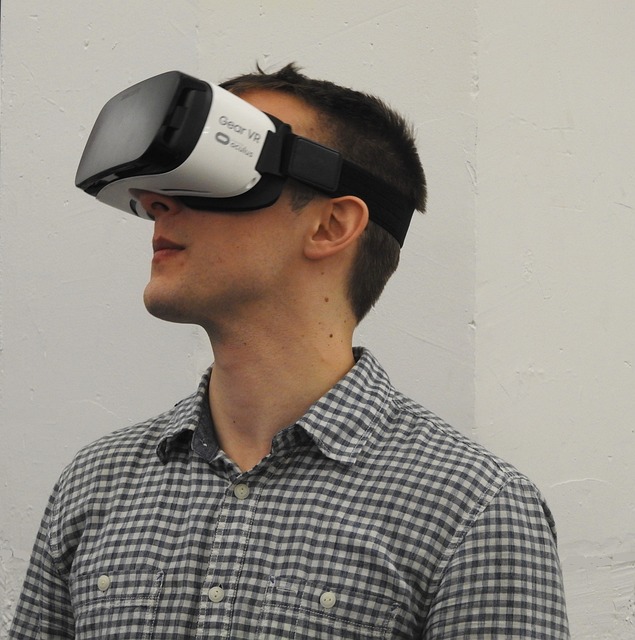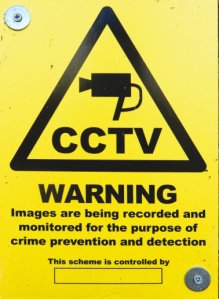
Have been experimenting with ideas for the use of VR kit in schools for a while now. So far, my focus has been on some uses in Art, uses in Design Technology plus also in History and Geography. The other day however I thought of another possible application focussed on pedagogy and self-review.
In terms of pedagogy, one of the most powerful tools in terms of supporting improvement has always been that of peer or self-review. Now I am not talking high pressure lesson observation here, I am talking constructive low threat observations where colleagues sit in and watch each other teach then discuss. I remember spending time as an IT teacher watching a colleague teach History, and I remember taking much away from his approach, which was very different to mine at the time.
The challenge here however has always been that of inviting someone in to watch your lesson. For some this can feel somewhat daunting. It is also important to acknowledge that we are all individuals so just because someone else prefers an approach to teaching, behaviour management, etc, doesn’t necessarily mean it is right for you.
While working with teachers some years ago this brought me to the use of video footage where a camera was placed in the room, under agreement with the teacher and then they could watch the footage back and conduct a self-review. This largely got over the issue of reluctance or nervousness in relation to having someone else in the classroom observing. It wasn’t however a perfect solution as video footage is the limited view it presents. It can be focussed on the front of the room, if there is one, but that misses out the edges of the class or it could be a wide angle, but then loses the detail. Two camera setups would help address this however result in additional cost plus setup requirements as well as the potential need to edit the footage together for review.
So where does VR come in?
My thought therefore is the use of a 360-degree camera to take the video with the camera sat in the centre of the room as much as is possible. The footage can then be either viewed on a PC, using VLC for example which allows you to pan around, or better still uploaded to a VR headset such as the Oculus Quest 2, where the teacher can then sit virtually in their own lesson and look around as the lesson progresses. Basicallly this allows the teacher to put themselves back in the lesson but from the viewpoint of a student, dependent on the location of the camera, but able to look around the room as needed. Looking at Hattie’s Visible Learning research (see more here) “video review of lessons” has a high effect size of 0.88 and that would have been based on standard video camera based footage so my hope would be that 360-degree based footage would be equally effective if not more.
Limitations/Challenges
So cost is an issue here as you need the camera however the VR headset is an optional although nice to have. The next issue is the fact that having a camera in the room may encourage students to play up to the camera, however I think this can be managed and if usage became common students would grow accustomed and therefore eventually ignore the cameras presence.
And when using the little Theta 360 camera I am currently looking to use the recording is limited to 25mins per recording which represents only a fragment rather than the full length of a lesson.
Conclusion
Now at this point this is only an idea which I am looking to experiment with. My thinking is that anything that supports self-review of teaching and learning will have potential for significant impact. Whether the VR element adds enough additional impact over the lower cost video solutions, I am unsure of, however I am equally unsure of the potential benefits of a more immersive lesson review experience.
So, for now its onwards with the experimentation.


 There are almost always two sides to technology. In a post from a few months ago I cast a rather negative viewpoint on the use of cameras, in this case teacher body mounted cameras, in the classroom (You can read the post
There are almost always two sides to technology. In a post from a few months ago I cast a rather negative viewpoint on the use of cameras, in this case teacher body mounted cameras, in the classroom (You can read the post